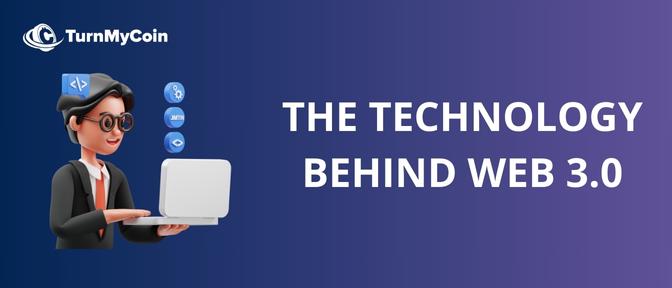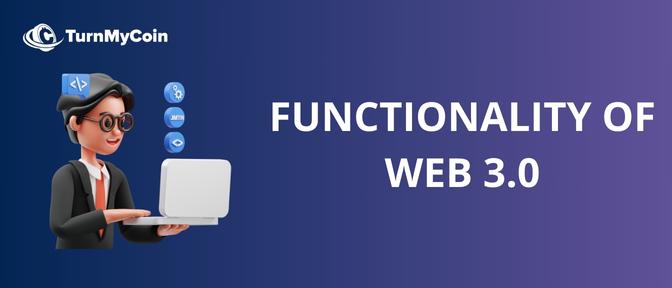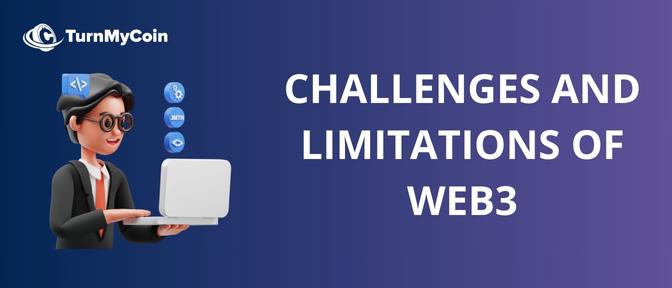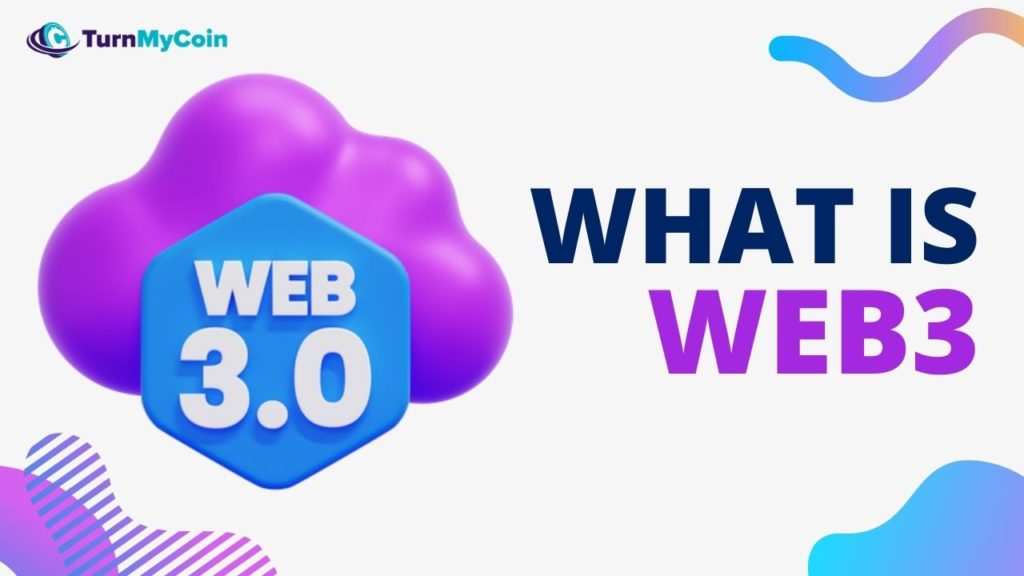Last updated on January 23rd, 2024 at 12:37 pm
Introduction
Blockchain technology is often associated with Bitcoin and other cryptocurrencies, but the applications of blockchain extend far beyond digital currencies. One area where blockchain is beginning to have a major impact is in the world of web development.
What is web3? A collection of libraries and protocols known as Web3 is a collection of web technologies. It allow developers to build decentralized applications (dApps) on the web. DApps are similar to traditional web applications, but they are powered by blockchain technology.
With dApps, users can interact with decentralized services without having to trust a central authority. Developers now have all kinds of new options. As dApps can be used to create everything from social networks to online marketplaces. What makes Web3 so powerful is that it is built on top of the Ethereum blockchain.
With Ethereum, you can run smart contracts decentralized. Apps that run exactly the way they’re supposed to without being hacked. DApps built this way can be guaranteed to work exactly how they’re supposed to. In addition, Ethereum is open source and has a large and active development community. This means that there are a lot of people working on making Ethereum better and adding new features.
Table of Contents
What is Web3?
Decentralized applications can be built on Web3 (dApps). DApps are applications that run on a decentralized network, as opposed to a single server. This means that dApps are not subject to downtime, censorship, or fraud. Web3 is powered by blockchain technology. Transactions are recorded on a blockchain, a distributed database. There’s no way to tamper with a blockchain, so it’s secure and transparent.
Web3 also allows developers to create smart contracts. The smart contract is a code-based contract that self-executes. It can be used to automate the whole processes, such as financial transactions. The smart contract is a code-based contract that executes itself. Automated processes, like financial transactions, can be done with them.
What is Web3 – The technology behind It

Web3, also known as the decentralized web. It is built on several key technologies that enable its functionality and capabilities. In this section, we will explore the technology behind web3, including blockchain technology, decentralized systems, and smart contracts.
Blockchain technology
Blockchain technology, the backbone of web3, is a decentralized and distributed digital ledger that records transactions across a network of computers. It is the technology that enables the creation of cryptocurrencies. Likewise Bitcoin and Ethereum, and is the foundation for decentralized systems.
Decentralized systems
Decentralized systems, also known as distributed systems. They are networks of computers that work together to achieve a common goal without the need for a central authority. In web3, decentralized systems are used to create decentralized applications (dApps) and platforms that run on a blockchain. These dApps and platforms allow for peer-to-peer interactions and transactions without the need for intermediaries.
Smart contracts
Smart contracts, which are self-executing contracts with the terms of the agreement written directly into code, are also an integral part of web3. These contracts are executed automatically when certain conditions are met and are stored on the blockchain. This allows for the creation of decentralized financial services. Likewise decentralized exchanges and lending platforms, as well as other types of decentralized marketplaces and platforms.
Together, blockchain technology, decentralized systems, and smart contracts form the foundation of web3. And enable its decentralized and trustless nature. By removing intermediaries and relying on a network of computers to validate and record transactions, web3 provides increased security and transparency. Additionally, the use of smart contracts allows for automation and the creation of new types of decentralized platforms and services.
What is Web3?- How Does It Work?

Web 3.0 aims to build upon the foundations of HTML established in Web 1.0 and Web 2.0, but with a different approach to data sources and how they connect.
In contrast to the centralized databases that power most websites and applications in Web 2.0. Web 3.0 utilizes a decentralized blockchain to deliver data and enable functionality. This approach eliminates the need for a central authority, instead relying on a form of distributed consensus. One key concept in the governance of Web 3.0 is the decentralized autonomous organization (DAO).
Instead of being governed by a central authority, DAOs allow Web 3.0 technologies and communities to self-govern in a decentralized manner. Another fundamental aspect of Web 3.0 is the use of cryptocurrency for payment, instead of fiat currency.
Cryptocurrencies built on blockchain technology enable Web 3.0 to facilitate financial transactions in a decentralized way. Additionally, Web 3.0 also addresses the issue of IPv4 address space depletion through the use of IPv6 addressing space.
Which provides for more internet addresses to accommodate the growth of the web. Web 3.0 is the third generation of the World Wide Web. And is characterized by the use of advanced technologies such as blockchain, artificial intelligence, and the Internet of Things (IoT) to create a more intelligent, decentralized, and user-centric web experience.
What is web3- Functionality of Web 3.0

One of the key technologies that enables this is blockchain, which is a decentralized, digital ledger that allows for secure and transparent transactions without the need for a central authority.
This technology is used to create decentralized applications (dApps) that can run on a blockchain network without the need for a central server. These dApps can be used for a wide range of purposes, such as creating decentralized social networks, marketplaces, and other online services.
Another important technology that is driving the development of Web 3.0 is artificial intelligence (AI). AI is used to create more intelligent and personalized experiences for users, such as providing personalized recommendations, search results, and other forms of content.
AI can also be used to create more efficient and effective online services, such as chatbots that can answer customer questions and provide assistance.
Finally, the Internet of Things (IoT) is another technology that is playing a key role in the development of Web 3.0. IoT refers to the connection of everyday devices and objects to the internet, allowing them to collect and share data with one another.
This technology is being used to create smart homes, cities, and other connected environments that can respond to the needs of users in real-time.
What is Web3- Use of web 3.0?

Applications of web3
There are several key applications of web3, including cryptocurrency and digital assets, decentralized finance (DeFi), decentralized marketplaces and platforms, and supply chain management and traceability.
- Cryptocurrency and digital assets: One of the most popular applications of web3 is the use of cryptocurrency and digital assets. Cryptocurrency, such as Bitcoin and Ethereum, are digital currencies that are built on blockchain technology.
They allow for secure and fast transactions without the need for intermediaries, such as banks. Digital assets, such as non-fungible tokens (NFTs), are unique digital assets that can represent ownership of a digital item, such as art or collectibles. - Decentralized finance (DeFi): Another key application of web3 is decentralized finance (DeFi). DeFi is a new financial system that is built on blockchain technology. Also it allows for the creation of decentralized financial instruments, such as loans and investments.
This new financial system has the potential to democratize finance and provide financial services to people who are currently underserved by traditional financial institutions. - Decentralized marketplaces and platforms: Web3 also enables the creation of decentralized marketplaces and platforms. Such as online marketplaces for buying and selling goods and services, and social media platforms. These decentralized platforms are built on blockchain technology and are not controlled by any single entity, which allows for greater autonomy and security for users.
- Supply chain management and traceability: Another important application of web3 is in the area of supply chain management and traceability. Blockchain technology can be used to create a transparent and immutable record of all the transactions that take place in a supply chain, allowing for greater visibility and accountability. This automation can aid in the reduction of fraudulent activity and enhance the efficiency of the supply chain.
What is Web3 Advantages of web3

There are several key advantages of web3, including increased security and immutability, censorship resistance, interoperability, and reduced reliance on intermediaries.
- Increased security and immutability: One of the main advantages of web3 Crypto is increased security and immutability. Blockchain technology allows for secure and fast transactions without the need for intermediaries, such as banks.
Because all transactions are recorded on a public ledger that is spread across many computers, it is extremely difficult for hackers to tamper with the data. Additionally, once a transaction is recorded on the blockchain, it cannot be altered, making it an immutable record of all transactions. - Censorship resistance: Another key advantage of web3 is censorship resistance. Because web3 applications are decentralized, they are not controlled by any single entity, which means that they are not subject to censorship by governments or other organizations.
This allows for greater freedom of expression and the ability to create platforms that are not subject to censorship. - Interoperability: Web3 also enables greater interoperability between different blockchain platforms. This allows for the creation of decentralized applications that can interact with each other, creating new possibilities for collaboration and innovation.
- Reduced reliance on intermediaries: Web3 crypto also allows for the reduction of intermediaries in various industries. For example, in finance, decentralized finance (DeFi) allows for the creation of decentralized financial instruments, such as loans and investments, without the need for intermediaries such as banks.
Similarly, in supply chain management, blockchain technology can be used to create a transparent and immutable record of all the transactions that take place, reducing the need for intermediaries such as third-party logistics providers.
What is Web3 – Challenges and limitations of web3

You know What is web3 and its advantages, there are also several key challenges and limitations to web3.
- Scalability: One of the main challenges facing web3 Crypto is scalability. Blockchain technology is currently not able to handle the same number of transactions as traditional systems, such as Visa. This means that it is not yet ready to handle large-scale applications, such as online marketplaces or social media platforms.
- User adoption: Another key challenge facing web3 is user adoption. While the technology has the potential to democratize various industries, it is not yet widely adopted by the general public. This is due in part to a lack of understanding of the technology and its benefits, as well as a lack of user-friendly applications.
- Regulation: The regulation of web3 is also a challenge. Because web3 is a new technology, there is currently a lack of clear guidelines for how it should be regulated. This can create uncertainty for businesses and individuals looking to use the technology, and it may also stifle innovation.
- Interoperability: Interoperability is also a challenge for web3. While the technology allows for greater interoperability between different blockchain platforms. There are still many technical barriers that need to be overcome in order for different platforms to be able to interact with each other seamlessly.
Conclusion
Web3 aims to give users more control over their personal data, boost transparency. It create decentralized applications for various purposes like digital assets, finance, and social media. Although in its early stages, Web3 has the potential to transform the way we interact and use the internet.
Gavin Wood introduced the term “Web3” in 2014 and sparked interest in the young, evolving ecosystem. Interest in Web3 has skyrocketed in recent years.
As cryptocurrency gains popularity, layer 2 scaling solutions improve, experiments in new forms of governance occur, and digital identity experiences revolution. With great potential for a better internet, the future of Web3 is bright as we work tirelessly to enhance its supporting infrastructure. We are just getting started with Web3, and there is much more to come.


